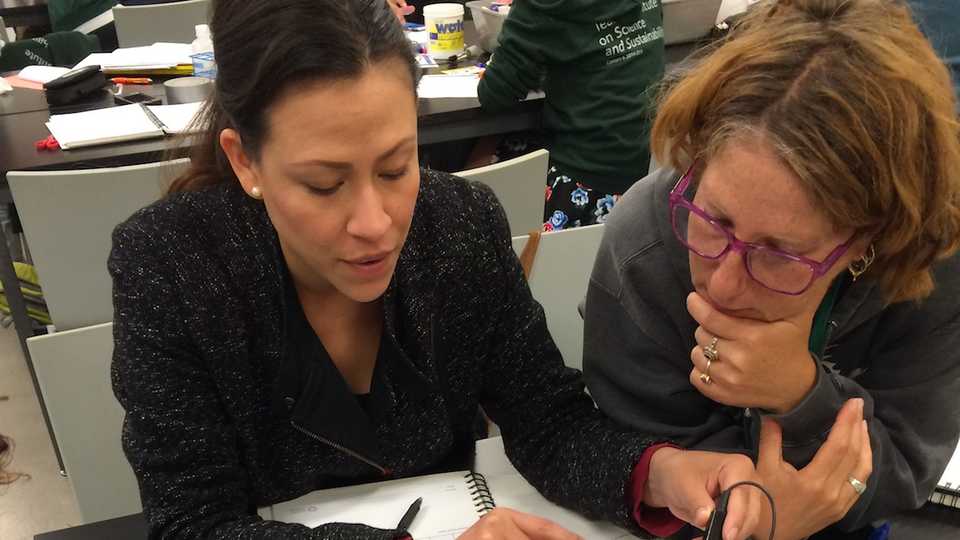Each year, a cohort of 30 teachers begin this two-year professional development program for 3rd–5th grade teachers.
Maxwell began participating in the California Academy of Sciences’ Teacher Institute on Science and Sustainability (TISS) during the professional development program’s third year in 2011, with a small group of teachers in Cohort 3, and have sent teachers to TISS in each subsequent year through Cohort 6. During the 2015-2016 school year, as Cohort 6 was approaching graduation, the Academy engaged SRI International to conduct interviews with the teachers at Maxwell to better understand individual growth by TISS participants, in addition to collective change at the school.
Over time, some participating TISS teachers have moved grades; as such, this cohort now includes teachers covering grades kindergarten through five in addition to the science resource specialist who teaches almost all Maxwell students at least once a week. Additionally, the teachers range in experience from new teachers with two years of experience to those with up to two decades of experience in the classroom. To be able to serve teachers with such different experience levels in the classroom is a testament to the TISS model of professional development, which focuses on modeling effective teaching practices, then individualizing support for each educator.
While the TISS program has shown that it is flexible enough to support teachers on their individual development, a lingering question has remained: does TISS produce a systemic school-wide shift as more of its teachers participate in this professional development?
